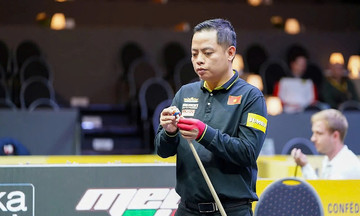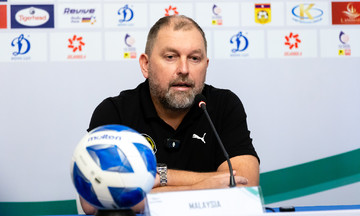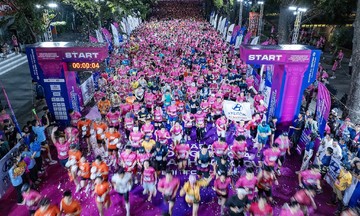Last December, Huynh Thanh, an elite amateur runner from Ho Chi Minh City, traveled to Hai Phong for the VnExpress Marathon aiming for a personal record (PR) under 2 hours and 40 minutes. He recounted that when his watch indicated 42.4 km, the time displayed was 2 hours and 3x minutes. However, upon finishing and stopping the signal, the device recorded 42.6 km, meaning he missed his sub-2:40 goal.
In other races, Thanh focuses solely on the organizers' designated route, paying little attention to precise distance readings. But missing his target in the year's most important race left him disappointed.
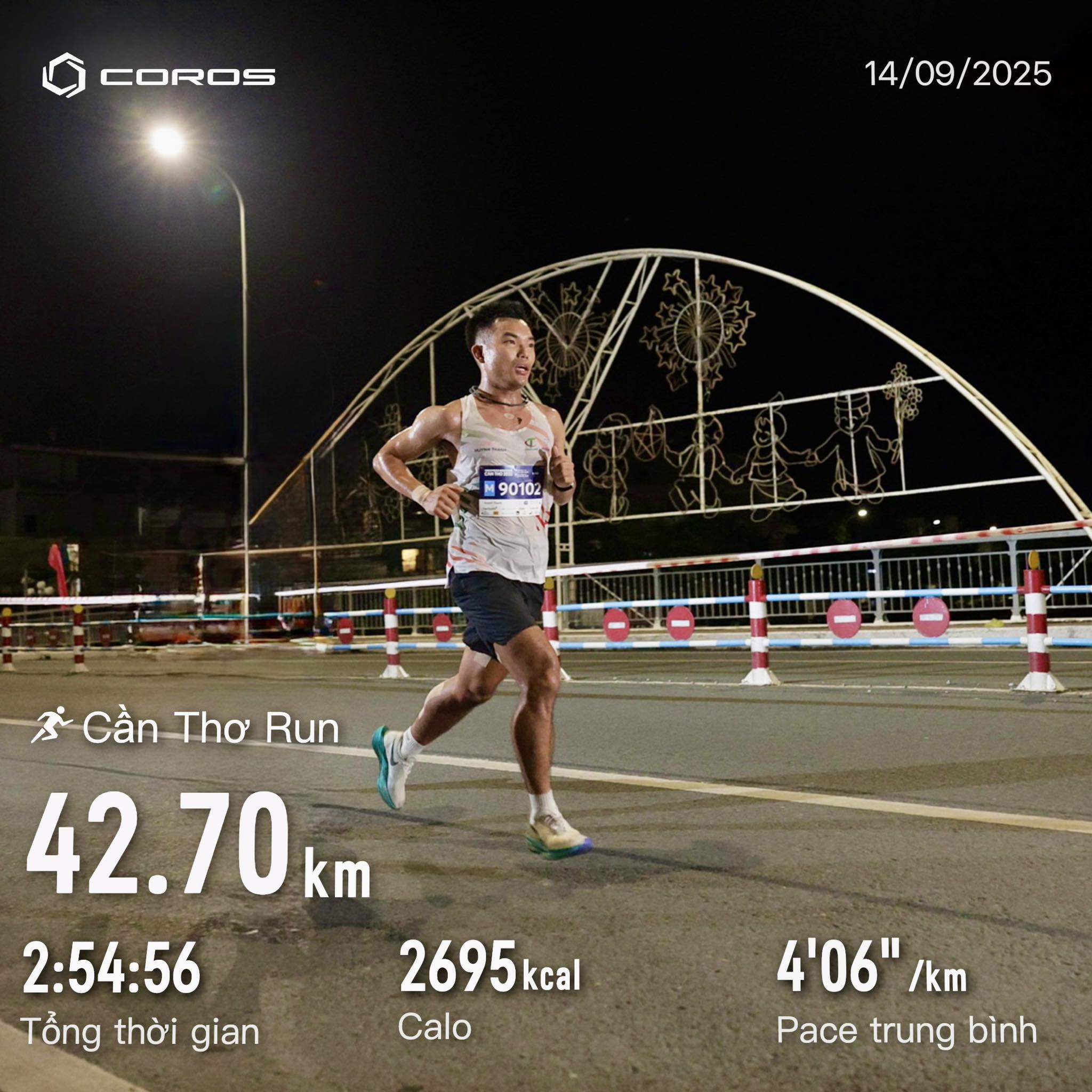 |
Thanh's watch recorded 42.7 km at the Can Tho VM. Photo: FBNV |
Thanh's watch recorded 42.7 km at the Can Tho VM. Photo: FBNV
Nguyen Mai Trung, an elite runner from Hanoi, experienced a similar situation. At the 2024 VnExpress Marathon Hai Phong, his watch showed 42.7 km at the finish line. "If I had followed the distance on my watch, my time would have been around 2 hours and 40 minutes. But at that point, my sub-2:45 goal was within reach, so I didn't push further and was satisfied with the result," Trung shared.
Having competed in numerous full marathons, Trung understands the inherent discrepancy between watch readings and actual distances. Therefore, to maintain control during races, he calculates his pace with a buffer of 200 to 400 extra meters.
Cases like Thanh's and Trung's are common. Most recently, at the VnExpress Marathon Can Tho, many runners reported discrepancies between the actual course distance and their personal devices' readings. Women's 42 km champion Le Thi Thu Ha's chip time was 3:00:39, while her device displayed 2:59:34 for 42.2 km and 3:00:47 for 42.44 km.
According to Runner's World, there are several reasons for this. Citing studies from Austrian and Dutch scientists, they explain that GPS/GNSS technology has inherent inaccuracies. Devices don't record continuous movement but rather fix the runner's position at specific intervals, measuring the distance between these points and then interpolating the distance between them. When running through curves or zig-zag sections, watches often connect two points in a straight line, resulting in a longer displayed distance.
Additionally, each satellite positioning can have a minor error. Accumulating these errors increases the total distance recorded.
Studies indicate that because most devices collect data at high frequencies, GPS watches tend to overestimate distances. In tests, low-quality devices miscalculated distances by up to 10%.
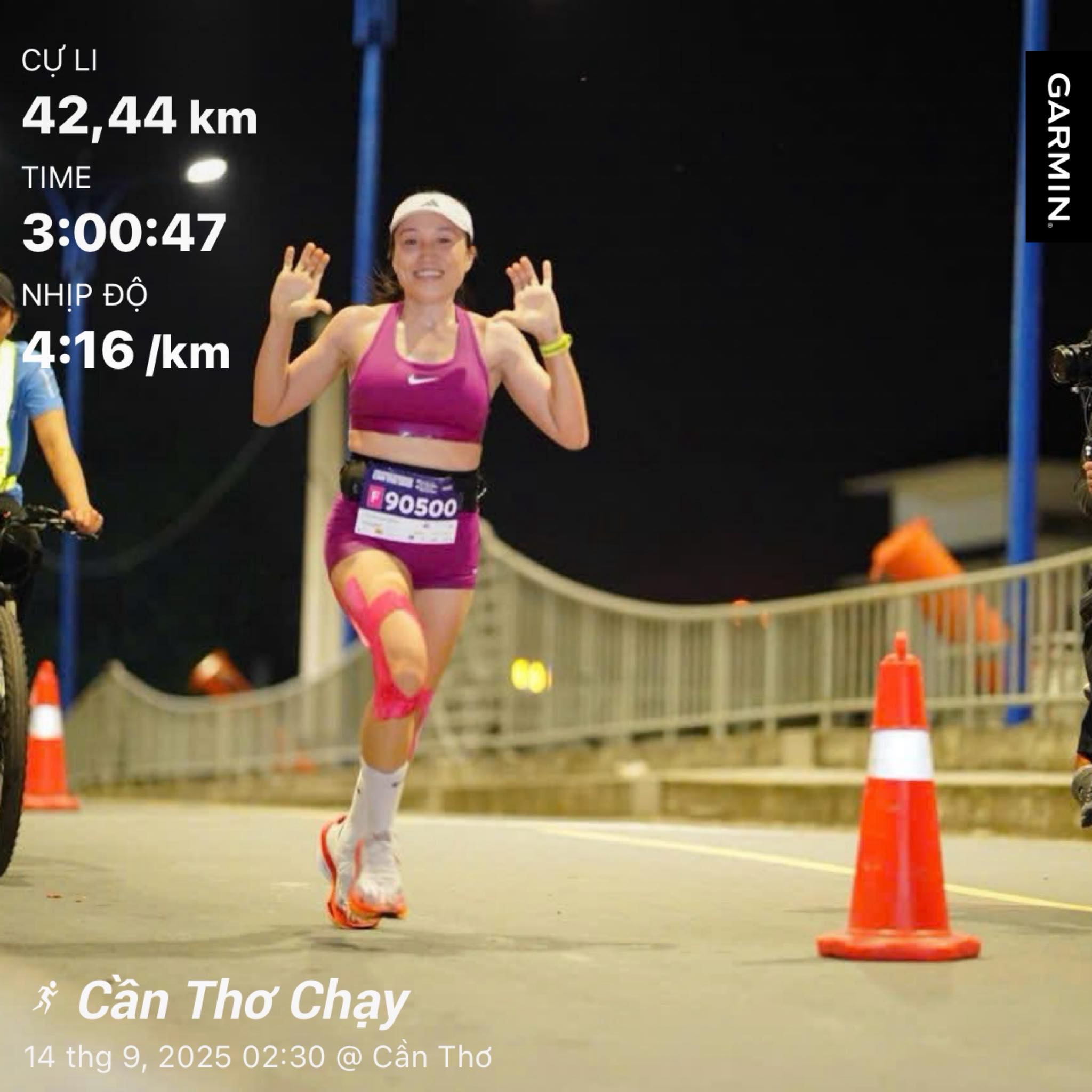 |
Ha's watch recorded 42.44 km at the Can Tho VM. Photo: FBNV |
Ha's watch recorded 42.44 km at the Can Tho VM. Photo: FBNV
Besides the operating mechanism, the environment also affects accuracy. According to a study published in the scientific journal MDPI, GPS signals from satellites can be reflected off buildings, glass walls, water surfaces, or trees, reaching the device later than the direct signal and causing location errors, known as multipath. Research indicates this is a major source of error.
Weather, cloud cover, and atmospheric conditions can also alter wave transmission speed, causing delays and location errors.
Furthermore, location update frequency varies between devices. Some watches register signals every second, others every 5 seconds or longer, according to Runner’s World. During these intervals, small movements can be missed, and when the software reconstructs the route, it connects the points directly, omitting actual curves.
Differences in hardware and processing algorithms between brands also create variations in error. A ResearchGate study on Garmin, Polar, and Apple watches found distance discrepancies in an ultramarathon ranging from 0.6% to 1.9% compared to the standard distance. Newer devices may prioritize battery life over sensitivity, reducing accuracy in challenging conditions.
In marathons, small errors accumulate over time. Running through areas with clear signals, then through trees, followed by bridges or tunnels can compound errors by several hundred meters. Studies suggest that the relative GPS error in long races is typically around 1-2% of the total distance.
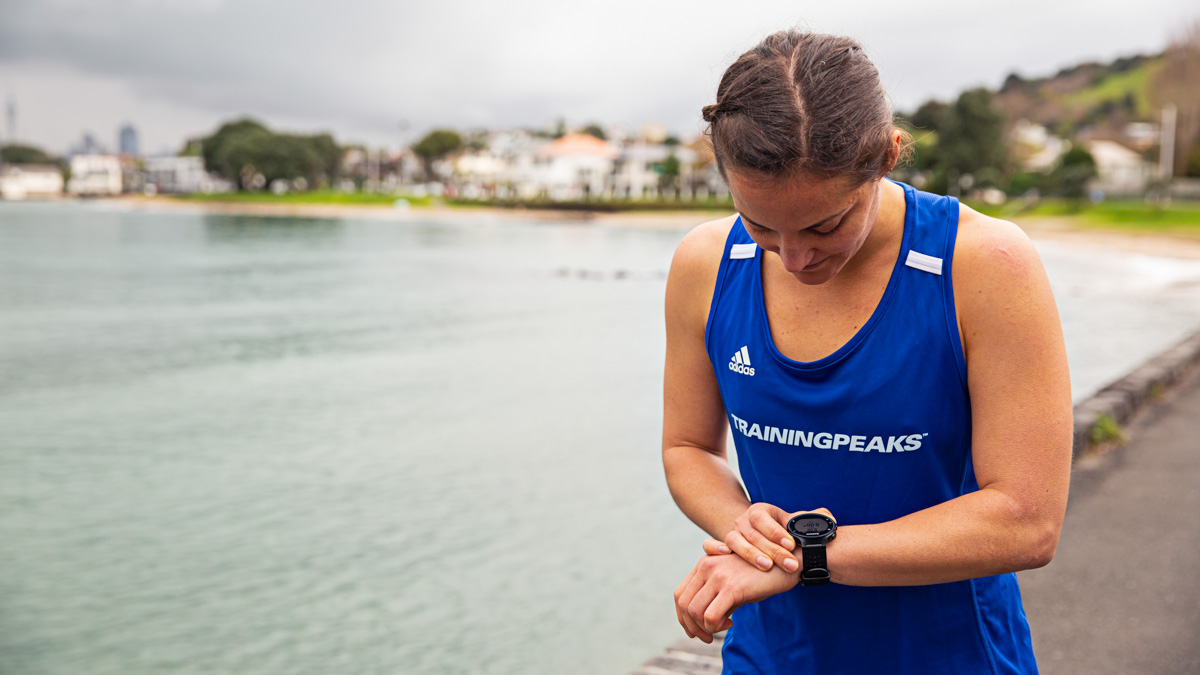 |
Readings can be affected by surrounding conditions. Photo: Training Peaks |
Readings can be affected by surrounding conditions. Photo: Training Peaks
To minimize these issues, runners can start their watches outdoors, waiting for a stable signal before beginning. Choosing devices that support multiple satellite systems (GPS, GLONASS, Galileo) enhances coverage.
Nguyen Quoc Anh, an athlete with the Army team and a veteran of dozens of amateur and Athletics Federation races, believes that watch data is for reference only. During a race, runners should rely on their body and the race's dynamics to assess the situation and avoid missing their goals.
"A discrepancy of 200-500 meters between the watch and the actual distance is normal, depending on the incline and weather. Runners not taking the shortest route or taking wide turns also contributes to extra distance on the device," Quoc Anh emphasized.
Lan Anh





